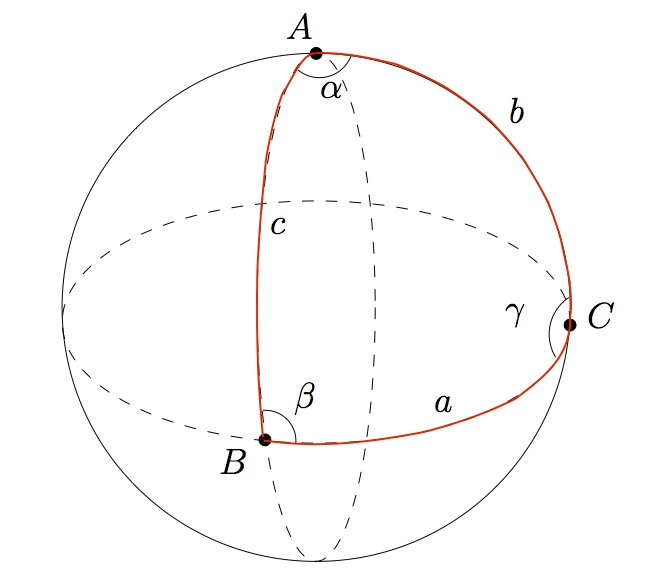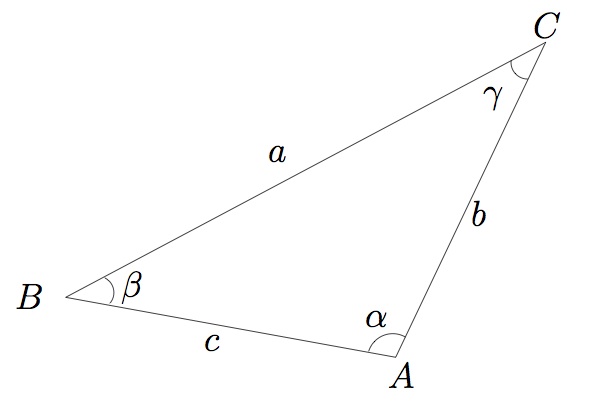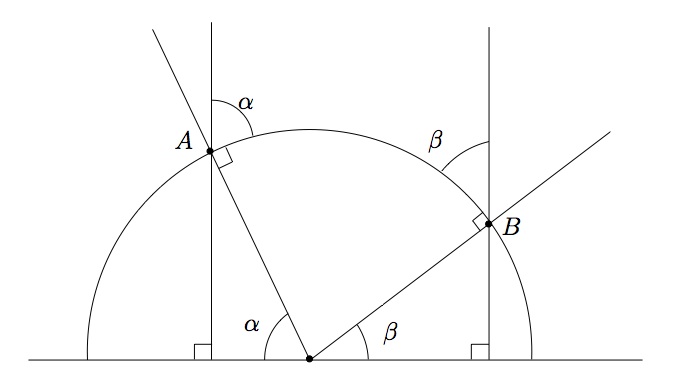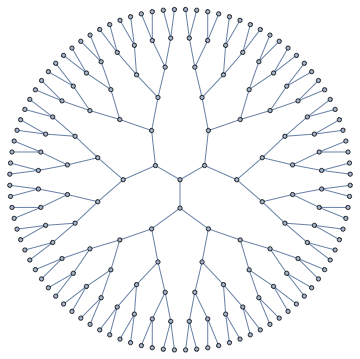


Topics in geometry 2020: negatively curved spaces
Current affairs 7.12.2020
I have corrected typos in the definition before Proposition 11.10 and I have added a figure to illustrate horospheres and the horospherical projection.
The copies of the lecture whiteboards are posted below starting from September 30.
The links to the recorded lectures are available below.
Contents of the course
We begin by a study of the three basic two-dimensional geometries: the $2$-sphere, the Euclidean plane, and the hyperbolic plane. These are the prototypes of, respectively, positively curved, flat and negatively curved spaces.



We will then introduce two definitions of negative curvature for metric spaces: Gromov-hyperbolic spaces and CAT(-1)-spaces. Both definitions are based on the geometry of triangles in hyperbolic space: In Gromov-hyperbolic spaces we require that any side of any triangle is contained in a fixed size neighbourhood of the other, and in CAT(-1)-spaces we require that triangles are thinner than in hyperbolic space in a specified manner. Our main emphasis will be on CAT(-1) spaces that form a particularly well-behaved class of Gromov-hyperbolic spaces.
Infinite simplicial trees are examples of CAT(-1) spaces that are not manifolds: All edges in the following figure have length $1$ and there are exactly three edges meeting at each vertex.

We will discuss compactification of CAT(-1) and Gromov hyperbolic spaces by adding a space at infinity. The space at infinity of a Gromov-hyperbolic space $X$ consists of asymptotic classes of geodesic rays (isometric embeddings of the Euclidean half-line) in $X$. This construction gives a geometric meaning for the unit disk as the boundary of the Poincaré disk model of the hyperbolic plane: The space at infinity of the hyperbolic plane is homeomorphic with the unit sphere in the Euclidean plane. Can you see that the space at infinity of the infinite three pictured above is a Cantor set? In particular, we discuss the visual metric of the boundary at infinity of a CAT(-1)-space.
Time permitting we will discuss further topics towards the end of the course.
Prerequisites
Metric spaces and topology.Lecture notes
The text of the course is here: Geometry 2020 (updated December 4)
Copies of the lecture whiteboards are here:
Recorded lectures are here:
| November 5 | November 12 | November 19 | November 25 | November 26 | December 2 | December 3 |
Exercises
The exercises are included in the lecture notes. The assigned exercises for each week are listed below.
| 1 | 1.3-1.6 | |
| 2 | 4.1-4.3, 4.8 | |
| 3 | 5.2, 5.4, 5.5 | |
| 4 | 5.6-5.9 | |
| 5 | 5.10-5.12, 6.2 | |
| 6 | 5.13, 6.1, 6.3, 6.4 | |
| 7 | 7.1-7.4, 7.7 | |
| 8 | 7.8, 7.10-7.11 | |
| 9 | 7.13, 8.1, 8.3-8.5 | Numbers as in version of 5.11 or later |
| 10 | 9.1, 9.2, 9.5, 9.6 | |
| 11 | 10.1-10.4 | |
| 12 | 11.5-11.8 |
The deadline for the exercises is Thursday 10 am Finnish time. If you think your solutions will be late some week, just let me know.
Return your solutions by email in a single pdf file.
Contact information
Jouni Parkkonen
Matematiikan ja tilastotieteen laitos
PL 35
40014 Jyväskylän yliopisto